Statistics on cardiovascular diseases (CVDs) paint a rather morbid picture of health. They are the #1 cause of death worldwide, and in the United States alone, CVDs claim the lives of about 630,000 – or approximately 1 in every 4 – Americans each year.
Atherosclerosis, the narrowing and hardening of arteries due to plaque buildup, is a leading cause of CVDs. As a physician, atherosclerosis and the ensuing CVDs are one of the leading causes of concern for my patients’ health especially as they get older.
Many people try to implement lifestyle changes to reduce their risk of atherosclerosis and CVDs. Perhaps you’ve employed some of these changes in your life, or you consider yourself a pretty healthy person with a low risk of developing CVDs.
But what if there was an infectious agent that could play a role in the development of atherosclerosis?
And what if I told you that this type of bacteria was so common that you might have already been infected by it multiple times by now? It might sound like a nice plot for a science fiction movie, but it’s not. You may even know its name: Chlamydophila pneumoniae.
What is Chlamydophila pneumoniae?
Chlamydophila pneumoniae, like all members of the chlamydiae class of bacteria, is an obligate intracellular pathogen with distinct disease manifestations, meaning that it can only survive inside host cells, much like viruses. It causes acute respiratory diseases, and is responsible for about 10% of pneumonia cases in adults worldwide.
It is so ubiquitous that the prevalence of antibodies to this microorganism increases to 50% of individuals by 20 years of age, and continues to slowly increase to about 70-80% in the elderly. Such a widespread presence of antibodies suggests that just about everyone becomes infected by C. pneumoniae at least once in their lifetime.
Let’s dig a bit deeper into the science behind this pathogen. The chlamydiae have a unique biphasic developmental cycle with two distinct morphological forms, the elementary body (EB) and the reticulate body (RB). This means there are two forms of this bacteria, which matters because one is more harmful than the other.
The EB is infectious but metabolically inactive. It binds to host cell receptors and enters the host cells, and is capable of surviving by blocking intracellular host cell responses that would threaten its survival, such as the fusion of lysosomes with phagosomes. This first phase is how C. pneumoniae passes from person to person.
Soon after entry, C. pneumoniae differentiates from EB to RB, which is metabolically active but non-infectious. This means that RB can replicate within the host (your) cells. RB must then change back to EB to be released from the host cell for a productive infection. Basically, C. pneumoniae must switch back and forth between two forms to spread from person to person and replicate within the body.
While antibiotics against C. pneumoniae exist, as you’ve seen, C. pneumoniae is quite tricky and can sometimes avoid the effects of antibiotics. When it’s in its EB form and not replicating, it is not susceptible to antibiotics. When antibiotics fail to kill the bacteria, it results in a chronic or persistent non-productive infection that is characterized by abnormal-looking RB that fail to differentiate into EB. This persistent state is also highly resistant to antibiotics. This is a perfect example of why doctors are so adamant you finish your full course of antibiotics.
What Causes Atherosclerosis?
Atherosclerosis is a multifactorial, highly complex, chronic inflammatory disease. While it has numerous causes, it typically begins with endothelial (lining of blood vessels) dysfunction triggered by one or more of the traditional risk factors, such as:
- Smoking
- Hyperglycemia (high blood sugar)
- Hyperlipidemia (high levels of lipids such as fats, cholesterol, and triglycerides)
- Diabetes
- Hypoglycemia (low blood sugar)
- High stress levels
- Hypertension (high blood pressure)
- Obesity
- Circulating immune complexes
It’s not just that these risk factors are bad for your health in general. They also tend to increase the blood levels of low-density lipoprotein (LDL), the type that people often refer to as the “bad” cholesterol.
Exposure to excess LDL along with endothelial dysfunction lead to the deposition of lipids in the arterial intima, the innermost layer of an artery. Continuous endothelial injury caused by the factors listed above creates a permeable and dysfunctional endothelium, allowing LDLs to infiltrate and accumulate in the extracellular matrix (ECM). Think of this as a leaky barrier in blood vessels that allow “bad” cholesterol to pass where it shouldn’t.
LDLs in the ECM can become modified by oxidation, aggregation, and enzymatic processes. Modified LDLs activate and recruit white blood cells called monocytes to the intima, where they differentiate into macrophages. Essentially, “bad” cholesterol can become worse as it moves about the body, reacts with other elements, and eventually comes in contact with a shape shifting cell called macrophages.
Macrophages are very versatile cells with phenotypes and functions that change depending on their environment. In this case, the macrophages take up normal and modified LDLs, which causes them to differentiate into foam cells. Foam cells form “fatty streaks,” which are the earliest visible lesion of atherosclerosis and precursors to more advanced lesions or atheromas.
This process causes inflammation and here’s how. Within the early atherosclerotic lesions, foam cells, and macrophages secrete proinflammatory cytokines, a group of small proteins involved in cell signaling. The cytokines induce multiple effects, including the migration and proliferation of vascular smooth muscle cells (VSMC) in the intima. The VSMCs intermix with the area of inflammation to form an intermediate, fibrous plaque. They are also important in the formation of a “fibrous cap” on some plaques, a layer of tissue that is believed to regulate plaque stability.
As the plaques advance, they can grow large enough to block blood flow, but this is not the most clinically significant complication they cause.
The bigger concern is that as the atheroma progresses, foam cells undergo apoptosis or cell death, degrading the fibrous cap and making the plaque susceptible to rupture. A ruptured plaque can cause thrombosis, the formation of a blood clot inside a blood vessel. A thrombus can then travel to anywhere in your body, sometimes causing strokes or heart attacks.
Now, you might be wondering: How does C. pneumoniae potentially lead to the hardening and closing of arteries?
C. pneumoniae Infection and Atherosclerosis
The possible association between C. pneumoniae and atherosclerosis was first reported in 1988, when researchers noted that patients with chronic coronary heart disease and acute myocardial infarction had higher levels of antibodies to a novel type of C. pneumoniae than healthy individuals.
Since then, multiple studies have supported the hypothesis that C. pneumoniae infection contributes to systemic inflammation and can act directly on cells involved in the atherosclerotic process, such as oxidation of LDL and foam cell formation. C. pneumoniae infections have also shown to elevate levels of circulating inflammatory markers, such as interleukin-6 (IL-6) and high-sensitivity c-reactive protein (hsCRP).
Part of what makes C. pneumoniae unlike other types of chlamydiae is that it can survive in a wide array of host cell types such as smooth muscle cells, macrophages, and vascular endothelium. C. pneumoniae disseminates from lung epithelia via peripheral blood monocytes, using these mononuclear cells as vehicles of transmission through the circulatory system – it uses cells to disperse itself throughout the body. They can then localise in – and modify the physiology of – tissues outside the lungs, such as the vascular wall.
One study showed that macrophages infected with C. pneumoniae are capable of changing the structure of the extracellular matrix and increasing its stiffness. Arteries with atherosclerosis is approximately 1.5-fold stiffer than healthy arteries, demonstrating another contributing role for the bacteria.
What You Can Do
While a causal relationship between C. pneumoniae and atherosclerosis has yet to be determined, it is a cause for concern especially in western societies where CVDs are so common.
But there are things you can do to reduce your risk of developing atherosclerosis. In addition to creating and maintaining a healthy gut microbiome, you can reduce your stress level, get your cholesterol levels and blood pressure under control, exercise regularly, eat a healthy diet, not smoke, and not drink alcohol excessively.
Despite the considerable amount of research that has already been done, there are many questions that remain unanswered.
Are you surprised to hear about the effects a tiny microorganism can have on your heart? Each day new research shows us that we are dramatically impacted by microorganisms living in and on our body. Not only is the body complex on its own, but we are part of a system that includes bacteria, viruses, fungi, and more. Share this fascinating research with your friend who’s interested in the gut microbiome!
Resources:
https://www.who.int/news-room/fact-sheets/detail/cardiovascular-diseases-(cvds)
https://www.cdc.gov/dhdsp/data_statistics/fact_sheets/fs_heart_disease.htm
https://www.ncbi.nlm.nih.gov/pubmed/15035006
https://www.hindawi.com/journals/mi/2015/378658/
https://www.ncbi.nlm.nih.gov/pmc/articles/PMC1993955/
https://onlinelibrary.wiley.com/doi/pdf/10.1111/joim.12296
https://www.ncbi.nlm.nih.gov/pubmed/17933075
https://www.ncbi.nlm.nih.gov/pubmed/2902492
https://www.ncbi.nlm.nih.gov/pmc/articles/PMC4097149/
https://www.ncbi.nlm.nih.gov/pubmed/24953492
https://www.ncbi.nlm.nih.gov/pubmed/14706098
https://www.ncbi.nlm.nih.gov/pmc/articles/PMC4987350/
* These statements have not been evaluated by the Food and Drug Administration. The product mentioned in this article are not intended to diagnose, treat, cure, or prevent any disease. The information in this article is not intended to replace any recommendations or relationship with your physician. Please review references sited at end of article for scientific support of any claims made.
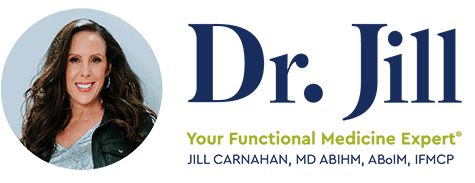



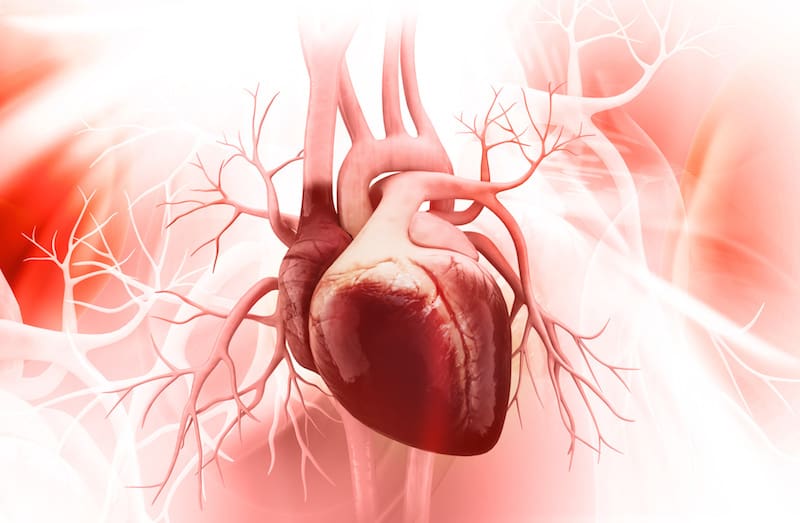

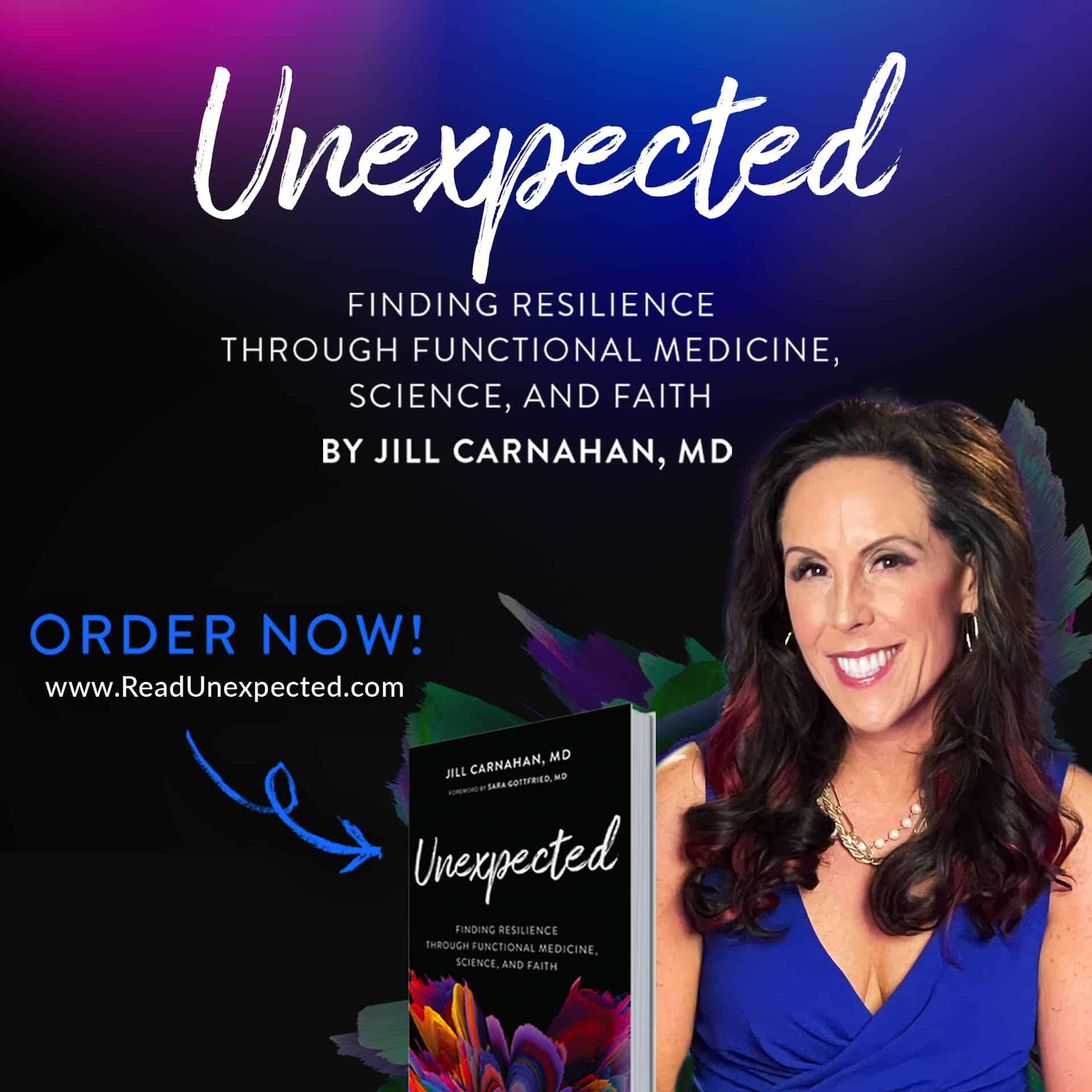

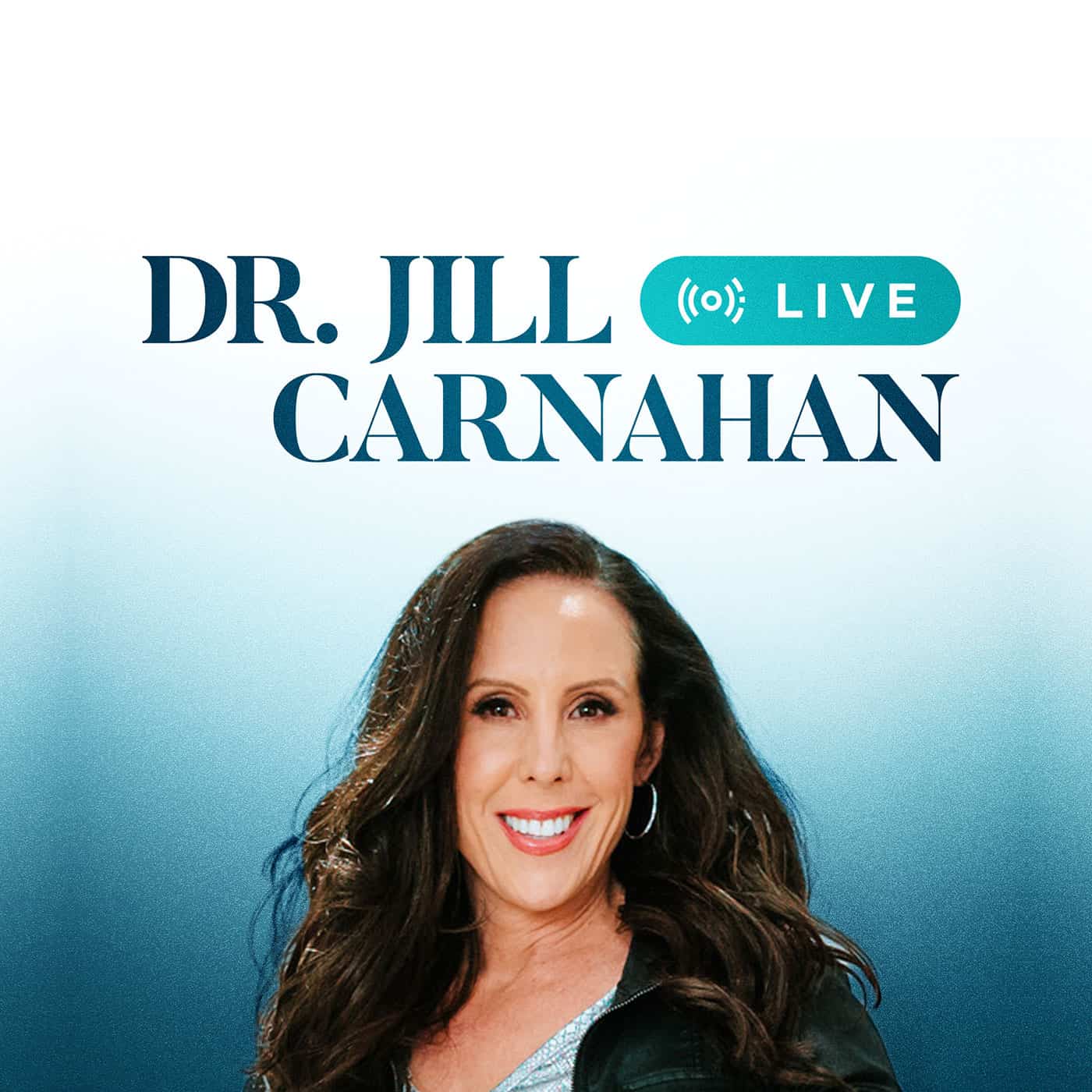
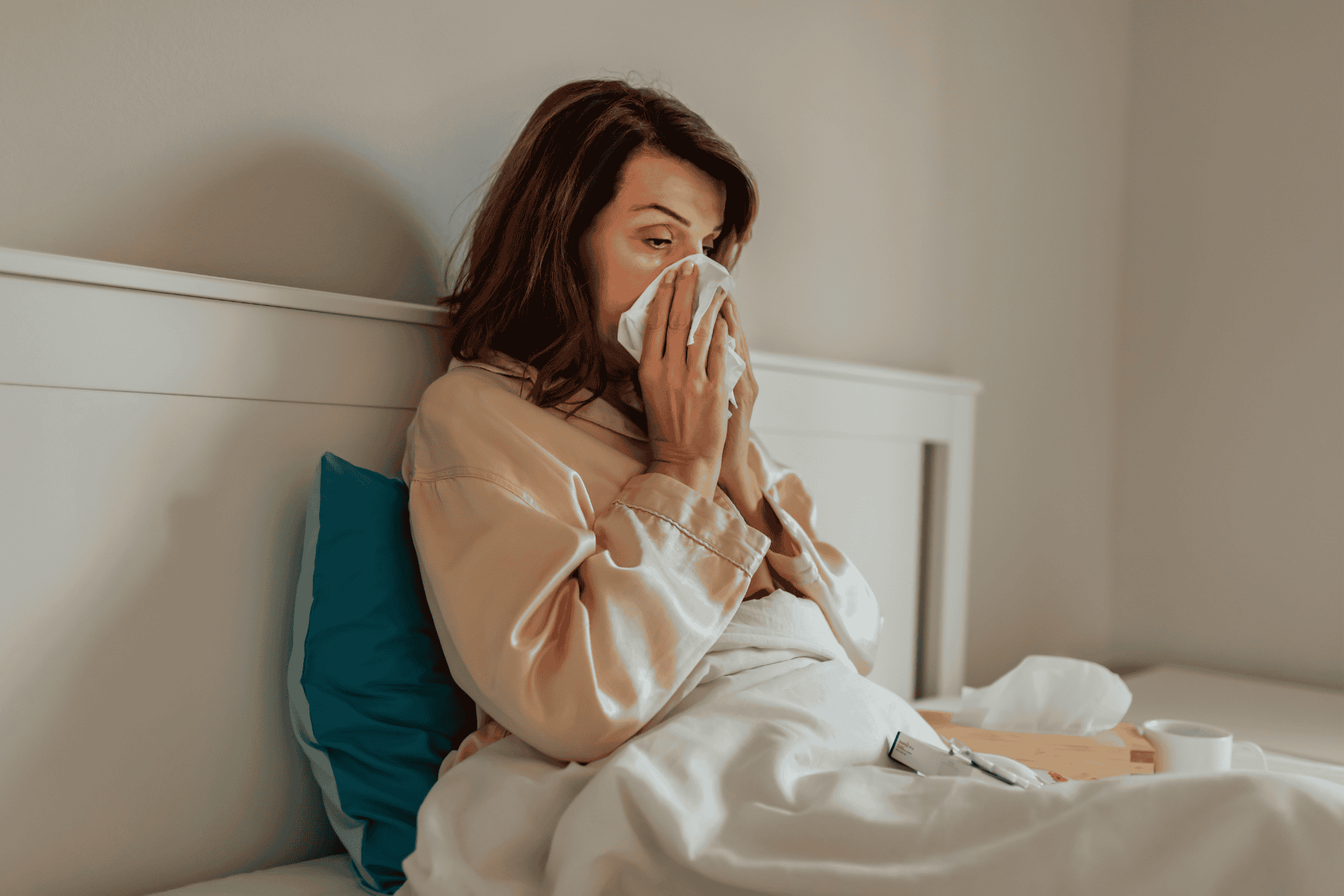


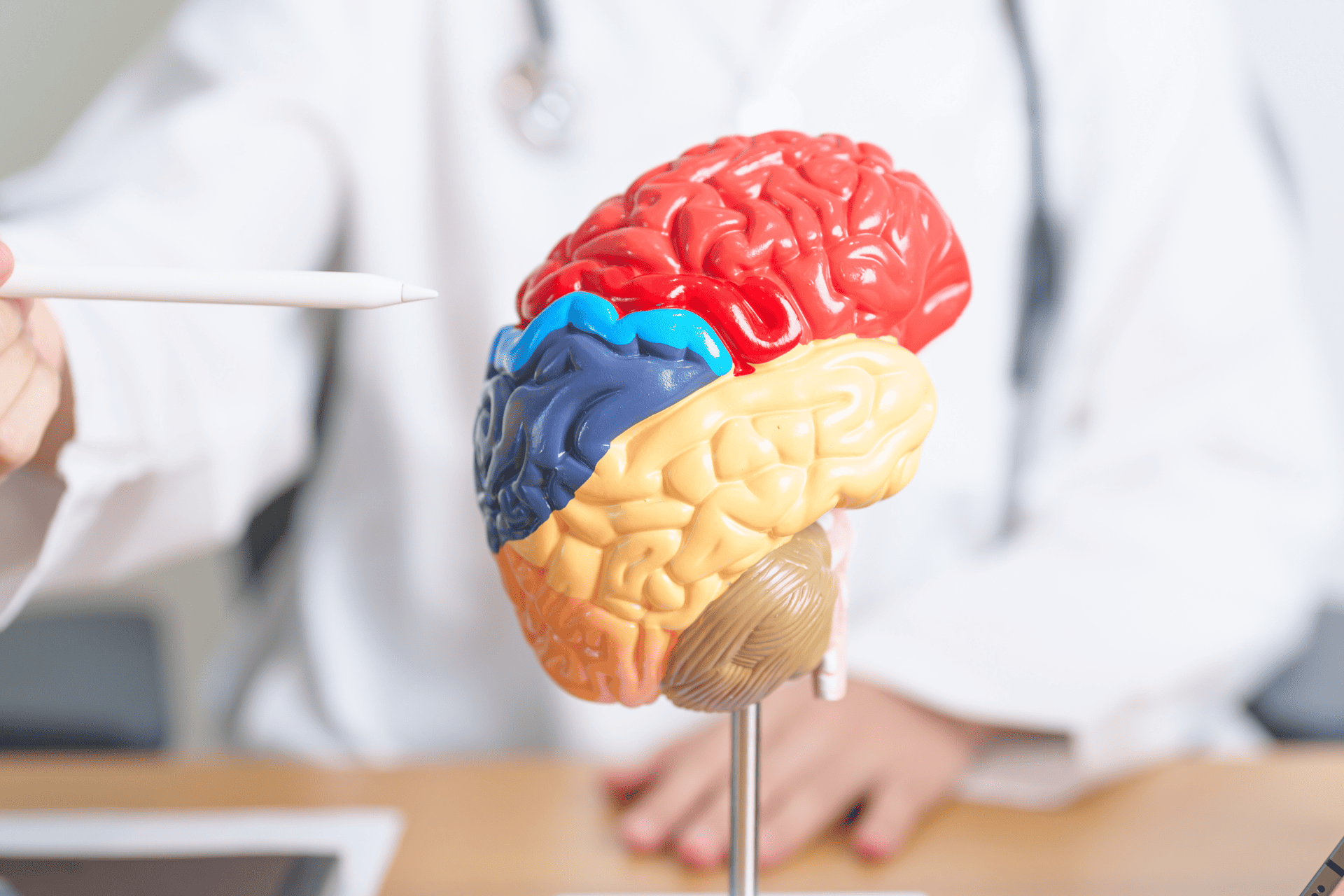
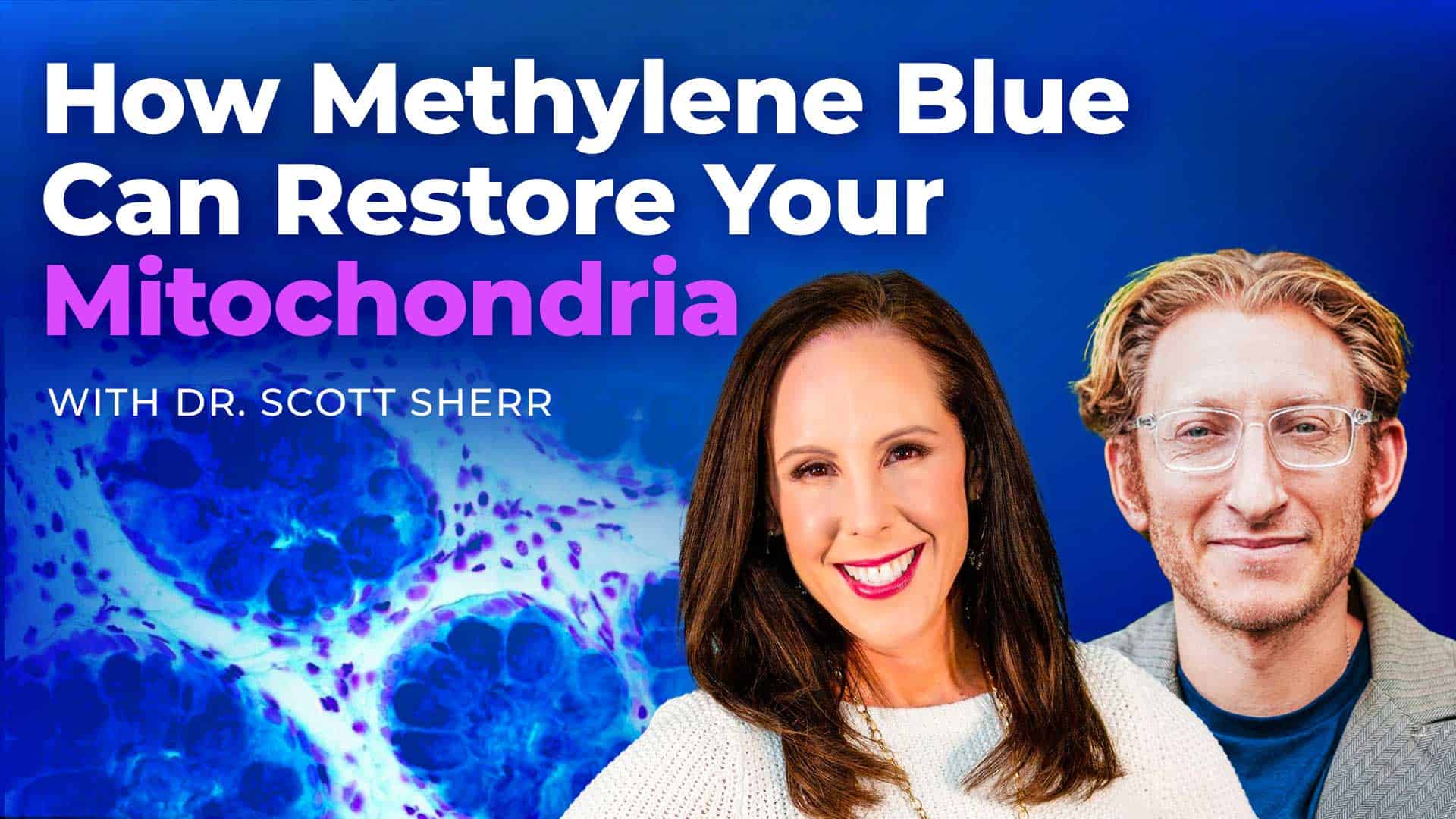
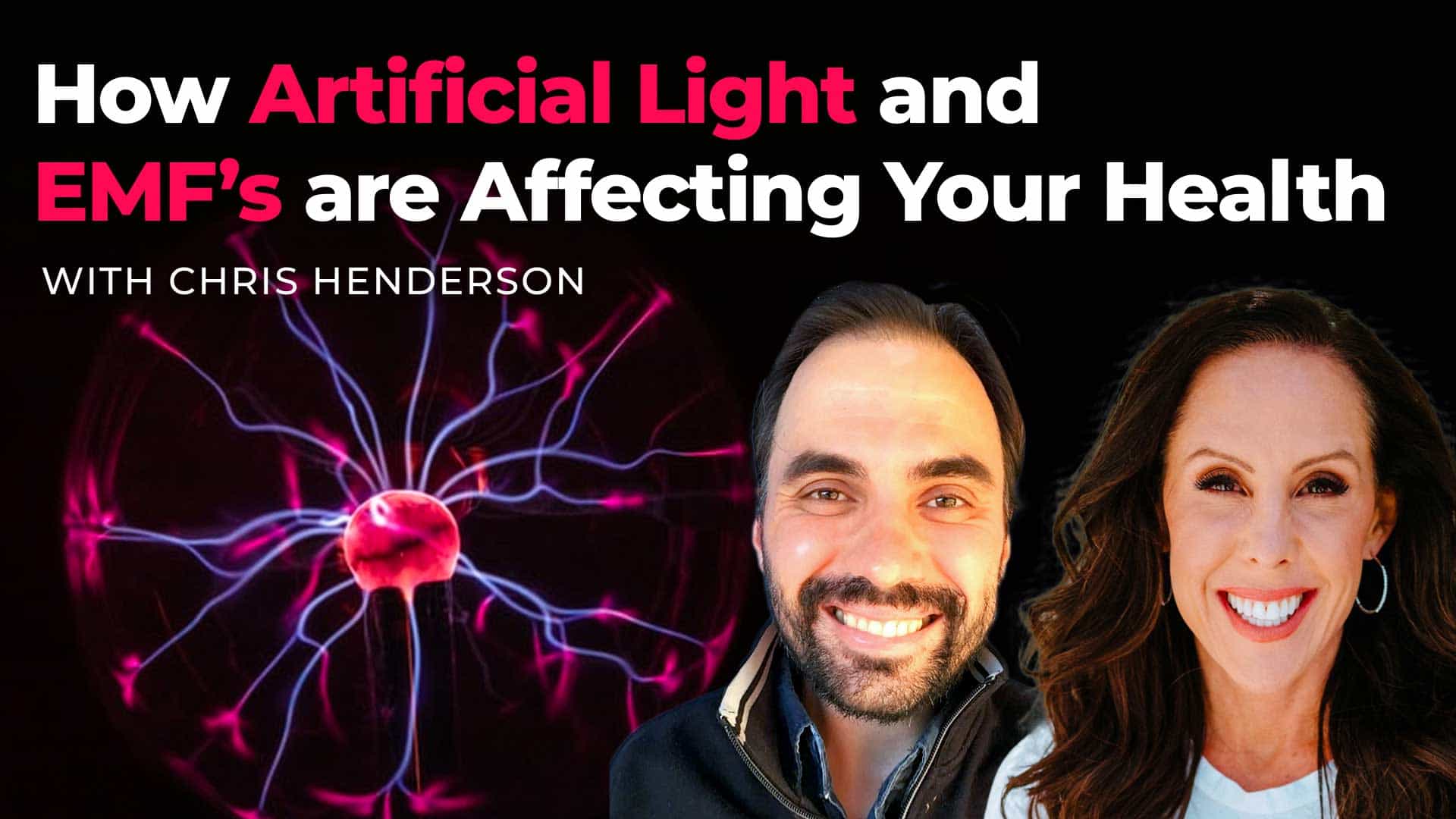
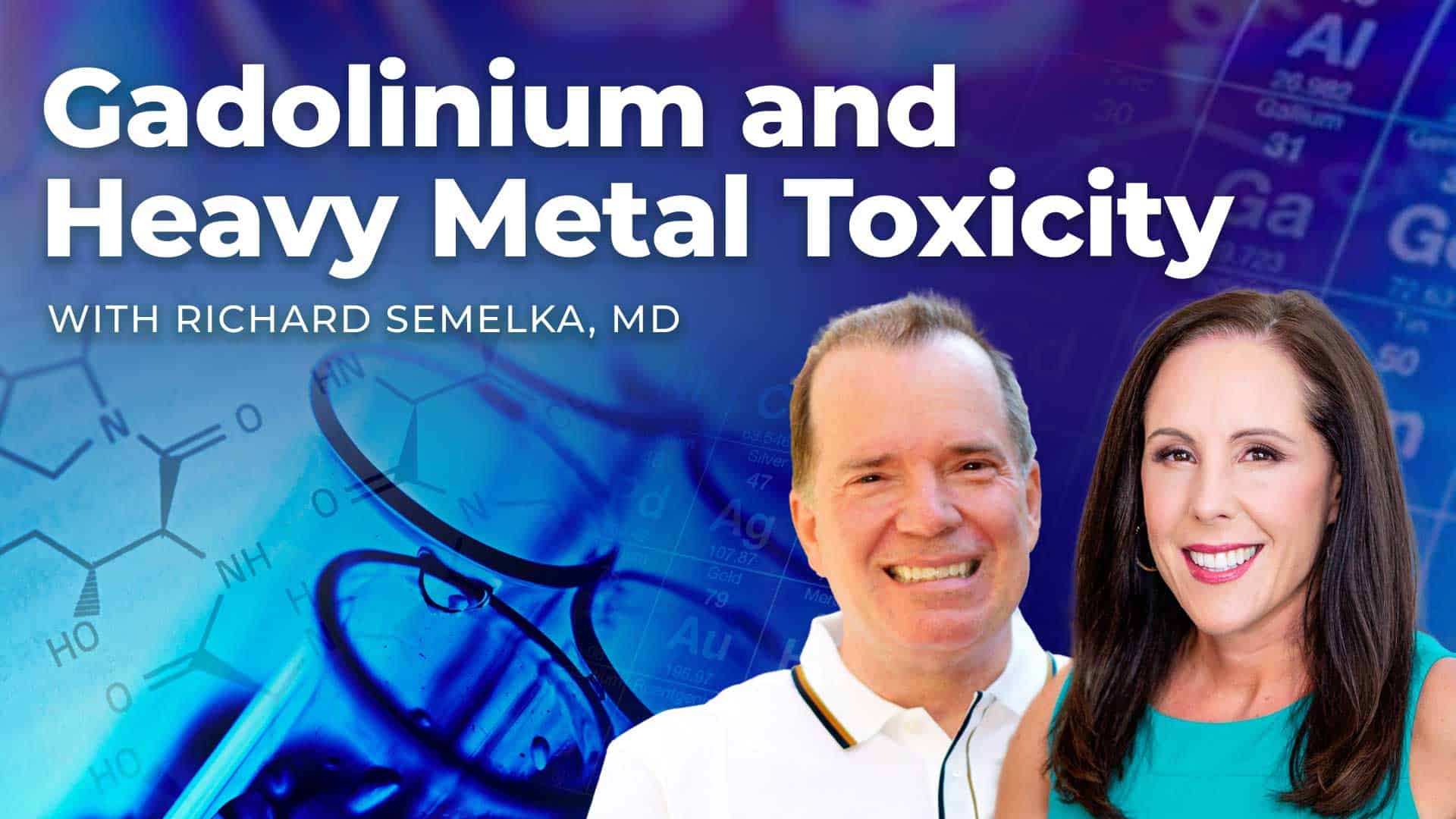
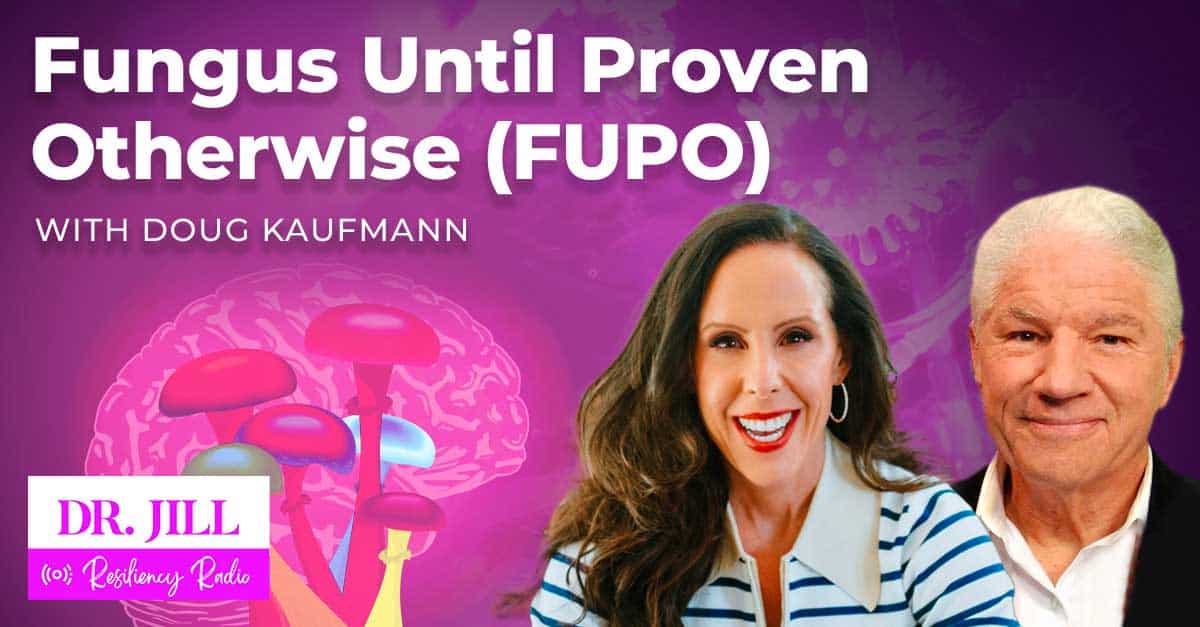


3 Comments
Great Article. I actually learned a great deal . Thank you!
Dr Jill
I have had severe mold exposure. It has been just over a year since I left my home,careful of what I eat,and on supplements,and exercising . I had memory loss,difficulty with word finding, severe fatigue, severe weakness, muscle loss,extreme joint pain
I had lost range of motion above my shoulders.
I am improving with all the above symptoms.
The joint pain is improving but the pain is still excruciating at times especially in my knees. How long will it take for pain in knee joints to lessen (as it has in my other joints) and is there Something that can help?
Thank you
Alma
Hi Alma
It may take 6-18 months or until you are out of exposure and detoxifying from the mold
You might try SPM Active, an amazing natural remedy for pain – 2 caps 3X daily
warmly
Dr. Jill
Share: